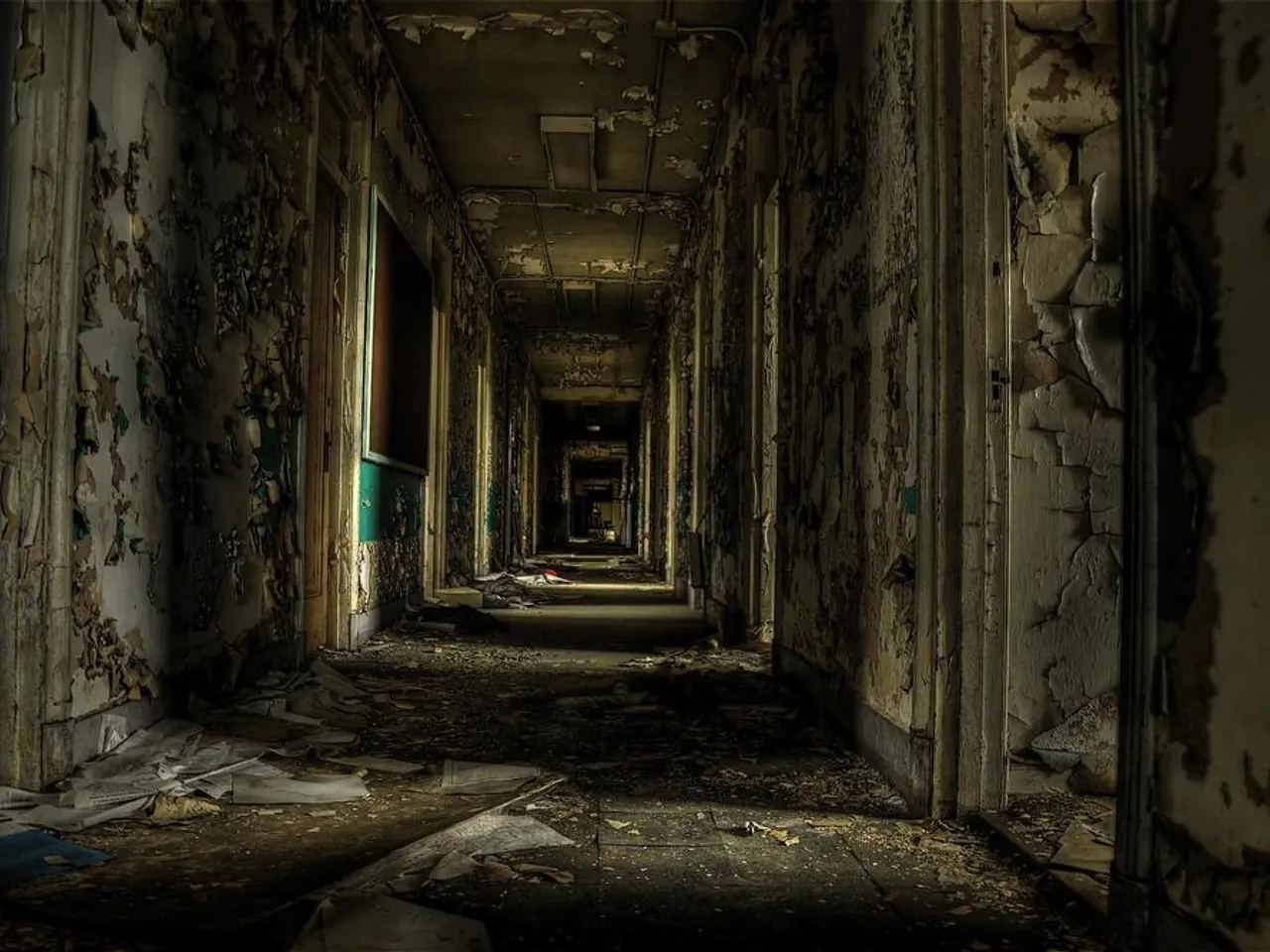Restoration Project: Obstacles and Strategies
Historic building restoration is a delicate balance between preserving a building's unique character and bringing it back to its former glory, while also incorporating modern advancements that enhance functionality and sustainability. This intricate process requires a combination of materials science, structural engineering, conservation ethics, and regulatory compliance.
Preservation Strategies
Respecting the original architectural character and historical significance of a building is crucial. This involves context-sensitive design, honoring the original style and period, while allowing necessary repairs or upgrades. Techniques such as cleaning, repointing, and matching mortar joints are employed to maintain authenticity.
Material Selection
Selecting appropriate materials is essential in preserving the authenticity of a historic building. It requires using materials that match or closely resemble the original components. For instance, salvaged or custom-made bricks matching size, color, and texture are preferred, and lime-based mortars are chosen for their flexibility and breathability over modern Portland cement. Cleaning agents must be mild and non-acidic to avoid damage to historic surfaces.
Structural Considerations
Structural issues are common in historic building restoration, such as shifted foundations, decayed timber, and crumbled masonry. Restoration must restore structural integrity while preserving historic fabric, which can be challenging when original materials have degraded significantly. Techniques like installing wall ties or anchors and addressing root causes of deterioration like water infiltration or foundation settlement are employed to ensure long-term durability.
Regulatory Guidelines
Local, regional, and national authorities often have strict guidelines in place to protect historic buildings. These regulations aim to balance modern needs such as energy efficiency upgrades with maintaining architectural integrity, requiring sensitive retrofitting approaches that do not compromise historic value.
Overcoming Challenges
Challenges in historic building restoration arise from the complexity of replicating original materials and craftsmanship, managing deterioration without loss of historical character, and navigating regulatory requirements that restrict interventions. Cleaning must avoid harsh chemicals that can cause irreversible damage, and repointing requires precise matching of mortar composition and appearance to the original to prevent visual or material clashes.
In summary, successful historic building restoration demands an integrated approach that combines the knowledge and craftsmanship of professionals who understand the intricacies of this specialized field. Heather & Little, for instance, offers such services, possessing the expertise necessary to preserve a building's unique character while bringing it back to its former glory.
Every decision in historic renovation should consider the building's architectural style, historical context, and its role in the community. Modern engineers must work in tandem with restoration specialists to develop solutions that reinforce the structure without compromising its historic character.
If you're considering a historic building restoration project, it's essential to start by understanding the challenges and the importance of preserving our cultural heritage. Contact Heather & Little today to discuss your project and start your historic building restoration journey.
- Incorporating interior design, such as selecting furniture and finishes that complement the historic character of the building, is an essential aspect of historic building restoration, aiming to preserve the unique lifestyle and charm of a home-and-garden while ensuring a comfortable modern living space.
- Home-improvement strategies like energy-efficient upgrades and improved accessibility are directly applicable to historic building restoration projects, providing enhanced functionality, sustainability, and lifestyle appeal, as long as these modifications are made in a manner which harmonizes with the original building fabric and retains its historic significance.




